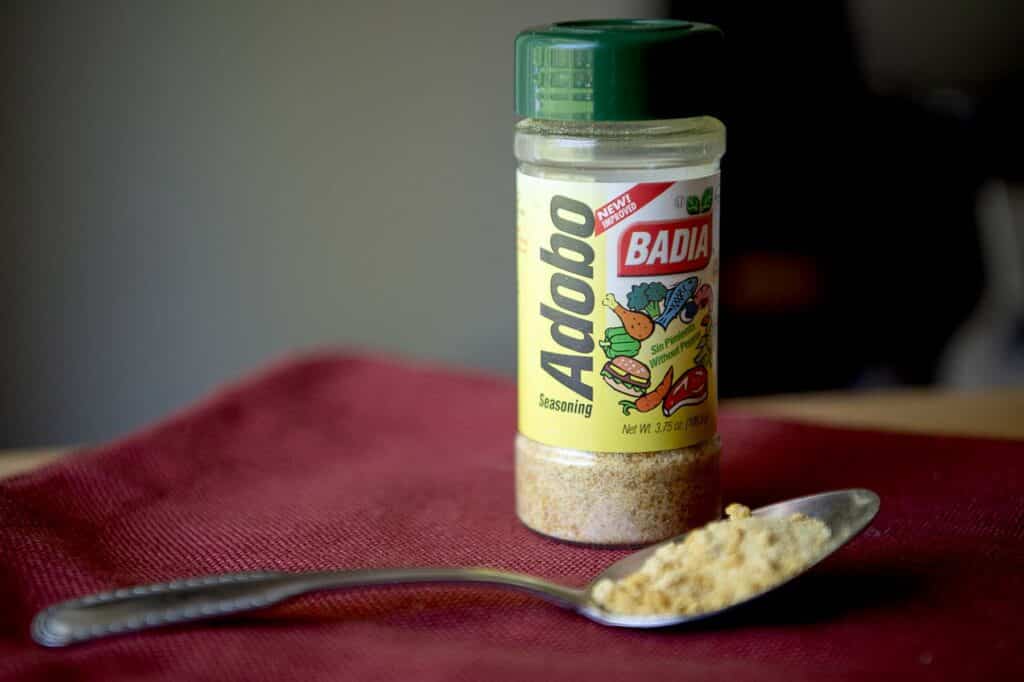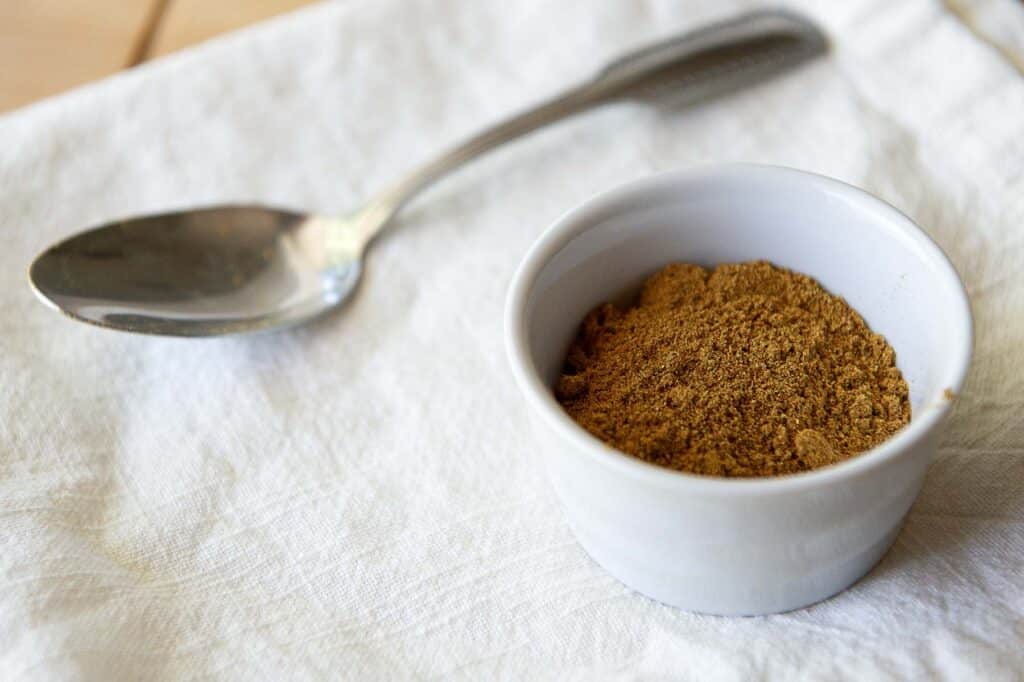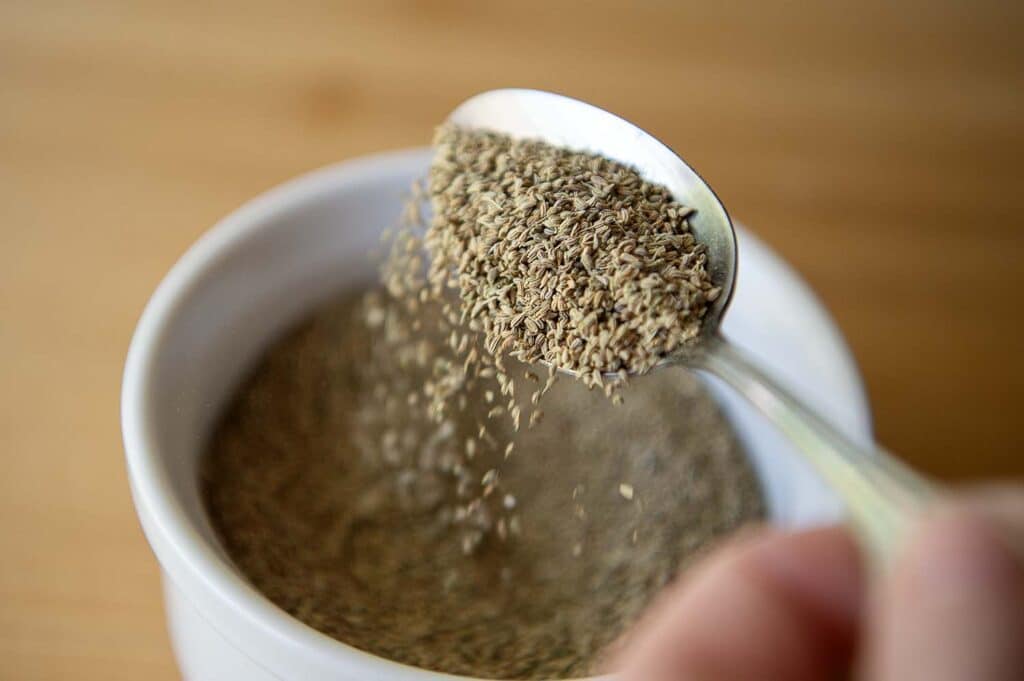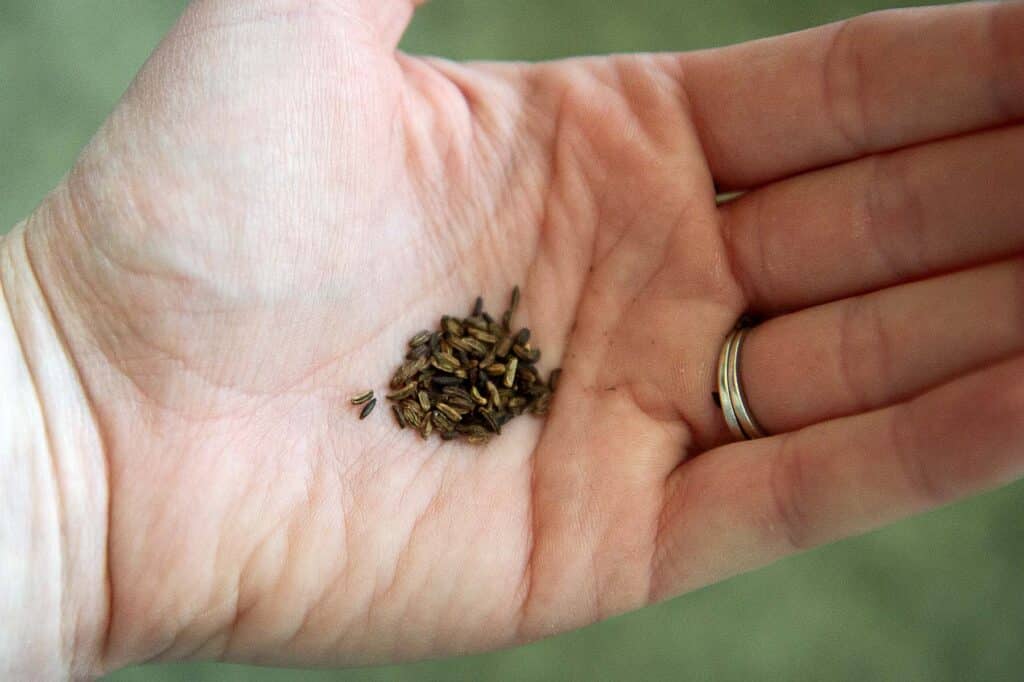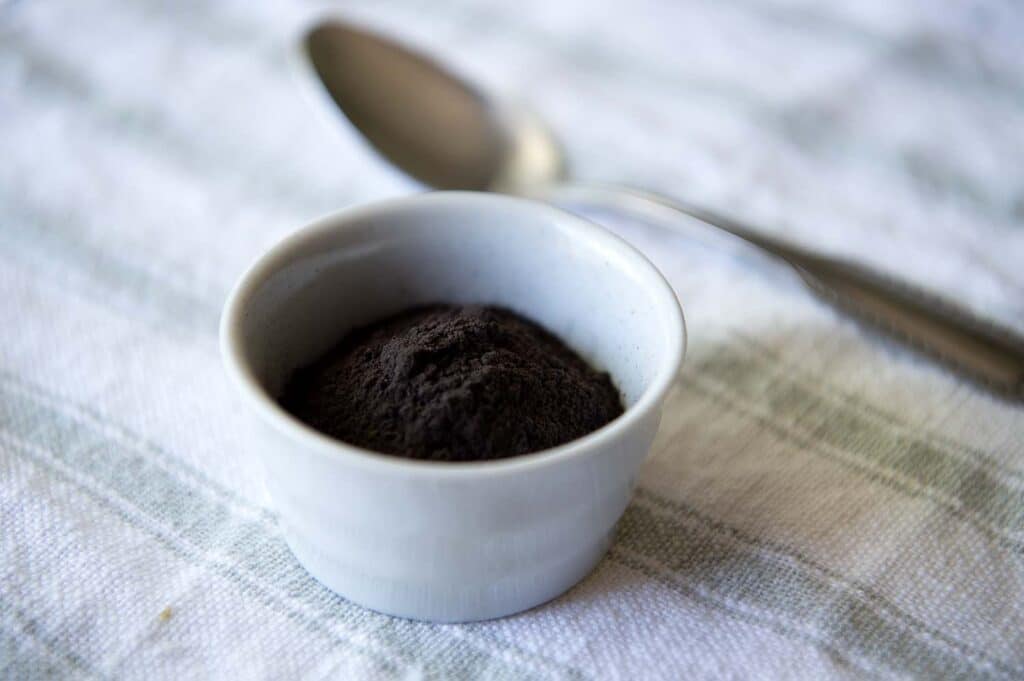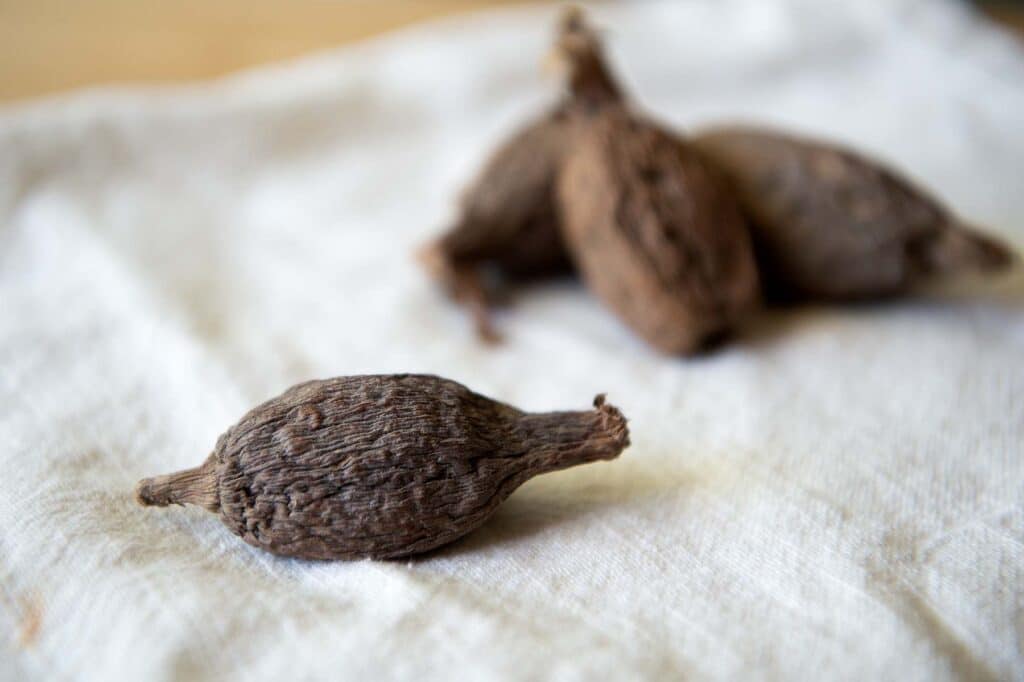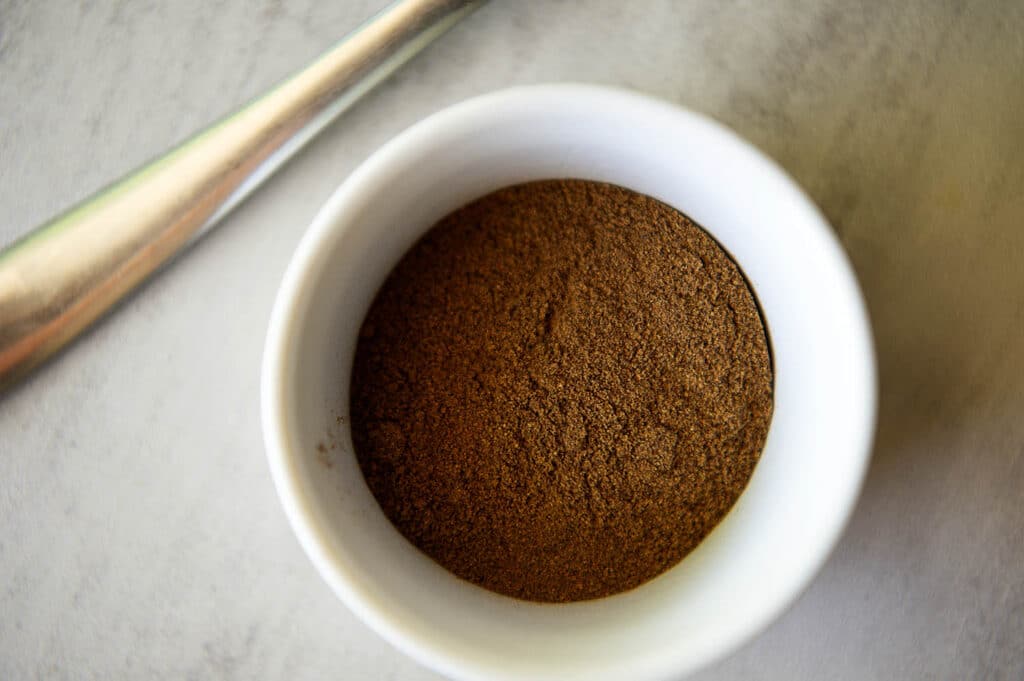The Ultimate Guide To Spices and Herbs
Welcome to “The Ultimate Guide to Spices and Herbs,” your go-to resource for everything you need to know about these essential culinary ingredients. Whether you’re a seasoned chef or a home cook, understanding spices and herbs can elevate your cooking to new heights.
We’ll have 7 sections that range from history to culinary uses and more!
We’ll also include entire sections of spices and herbs in an alphabetical order as well! See the first three sections below!
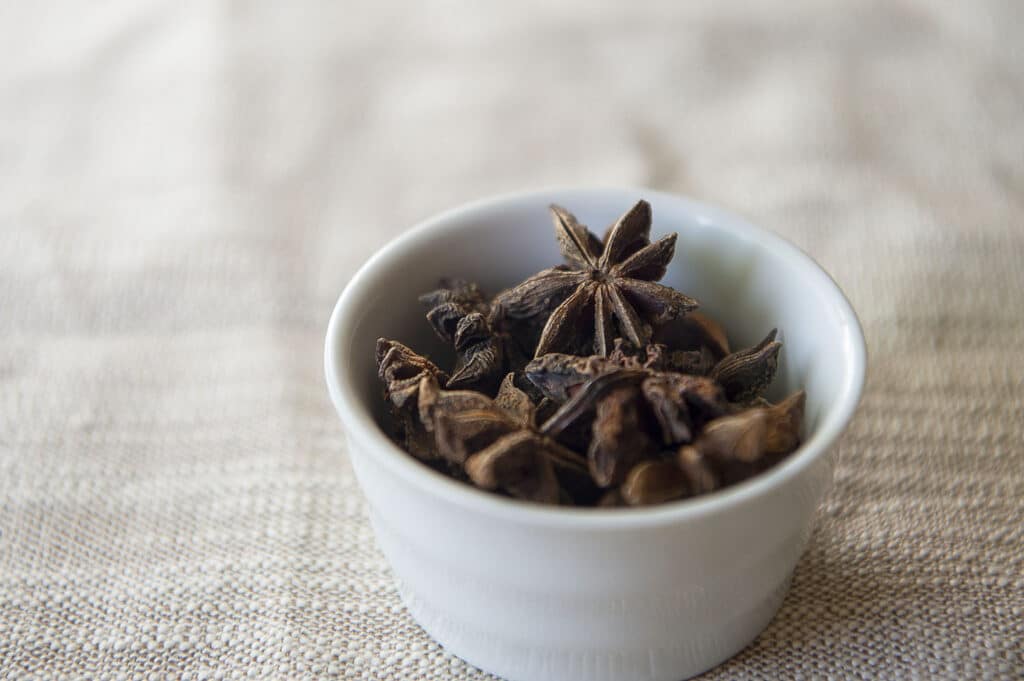
Section 1: What Are Spices and Herbs?
Spices and herbs are integral components of culinary arts, but they differ in their sources and uses.
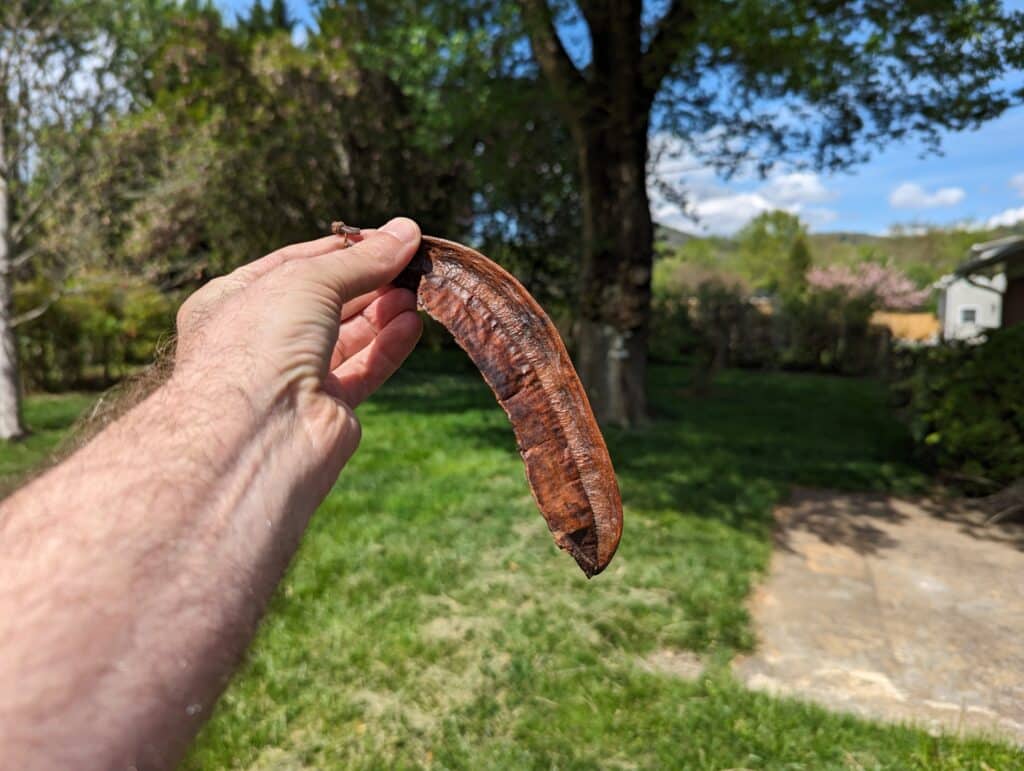
Section 2: History of Spices and Herbs
The history of spices and herbs is rich and fascinating, stretching back thousands of years and Ancient civilizations.
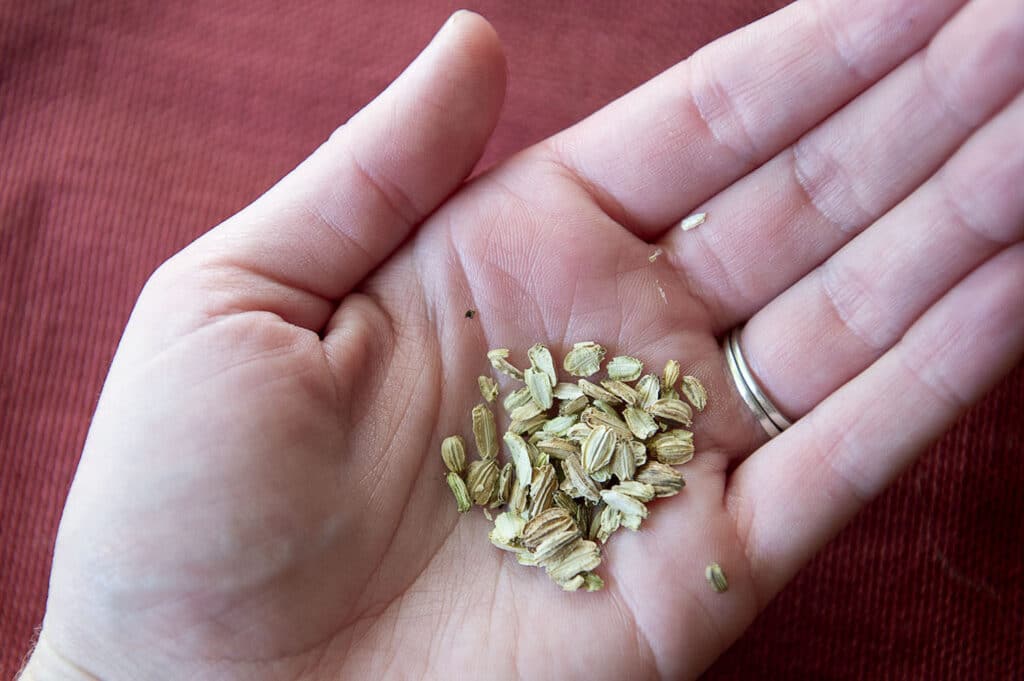
Section 3: Common Types of Spices and Herbs
There is a vast array of spices and herbs used in cuisines around the world. Click the link below for common examples!
Spices That Start With The Letter A
Section 1: What Are Spices and Herbs?
Spices and herbs are integral components of culinary arts, but the differ in their sources and uses. Spices are derived from various parts of plants, including seeds, fruits, roots, bark and other plant substances. They are primarily used to add flavor or color to food. Examples of spices include cinnamon (from bark), peppercorns (from fruit), and ginger (from root).
Herbs, on the other hand, come from the leaves, flowers, or stems of plants and are often used for seasoning or garnishing dishes. Common herbs include basil, parsley, and thyme. While spices can come from various plant parts, herbs are specifically the leafy and green parts of the plant.
Section 2: History of Spices and Herbs
The history of spices and herbs is rich and fascinating, stretching back thousands of years. Ancient civilizations such as the Egyptians, Chinese, and Indians valued spices and herbs not only for their culinary uses but also for their medicinal properties and roles in religious rituals. The spice trade routes that developed through the Indian subcontinent, East Asia, and the Middle East were pivotal in shaping global commerce.
Spices like cinnamon and black pepper were highly sought after in antiquity, leading to the establishment of trade routes and the rise of trading centers like Alexandria. The demand for spices in Europe during the Middle Ages spurred explorations and voyages, such as those by Vasco da Gama and Christopher Columbus, in search of new spice sources.
Section 3: Common Types of Spices and Herbs
There is a vast array of spices and herbs used in cuisines around the world. Here are some common examples:
Compose a captivating title for this section.
Support your idea with a clear, descriptive sentence or phrase that has a consistent writing style.

Add a descriptive title for the column.
Add context to your column. Help visitors understand the value they can get from your products and services.

Add a descriptive title for the column.
Add context to your column. Help visitors understand the value they can get from your products and services.

